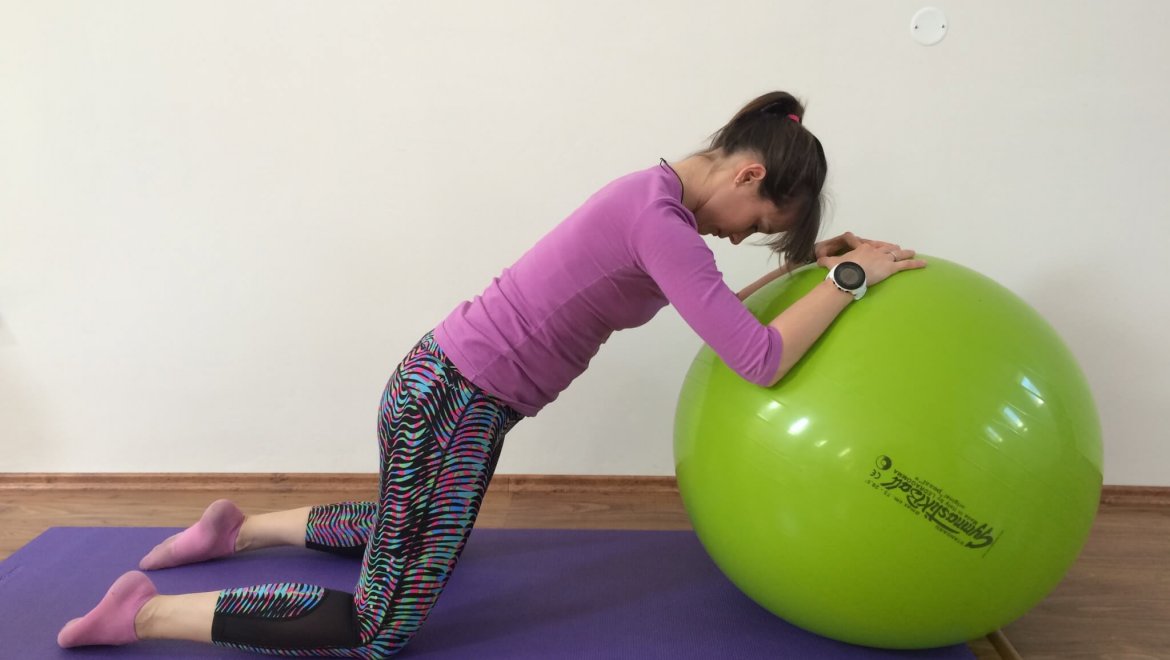Stiffness, hunching of the thoracic spine
Surely we all know the feeling when we sit for a long time in a rigid position in front of a computer or in a car and then we have the need to straighten or bend in the chest and shoulder blade area. This is often due to the fact that the thoracic spine tends to bend out and stiffen due to static load. The thoracic spine forms a certain center of our torso and is connected to 12 ribs, with which it forms a joint connection along its course. However, this fact also affects its overall elasticity and flexibility. The thoracic spine is the least mobile segment of the entire spine, mainly in rotation and bending. That is why he still tends to fall into the aforementioned hunch and thus actually relieve himself. Thus, for a healthy thoracic spine, it is important to maintain its flexibility and at the same time the ability of the vertebrae to rotate relative to each other. This is important not only for the breathing movements of the rib cage, ribs, but also for the position of the shoulder blades and shoulders. Therefore, we can often help from pain or stiffness of the thoracic spine when we influence these two essential parameters. Suitable for these cases are e.g. exercises and elements of yoga, breathing exercises and also work with the whole body and its stabilization according to the DNS method of Prof. Kolář. This method tries to influence the effective involvement of only the muscles of the shoulder blades and shoulders, but also the so-called „coru“, i.e. the muscles around the center of the body, by means of correct straightening of the thoracic spine.
So how do you know if you can straighten properly in the thoracic spine? Sit straight on a chair or in a Turkish sitting position and try to straighten up and pull up the top of your head in the area of the entire thoracic spine. However, it is important that you are able to make this movement without pulling your shoulder blades or shoulders towards you, i.e. your spine. Straightening should come mainly from the thoracic spine and the shoulder blades should be pulled slightly away from the ears and to the sides.
If you still feel small gaps in this area, try to stretch and relax your thoracic spine:
1. Kneeling on all fours, palms are under the shoulders, knees under the hips. Slightly press your palms and instep against the mat, trying to straighten the thoracic spine.
2. Bend one upper limb and turn to the other upper limb, which remains stretched. When reaching the final position, you can feel tension and stretching from the area between the shoulder blades to the hips.

